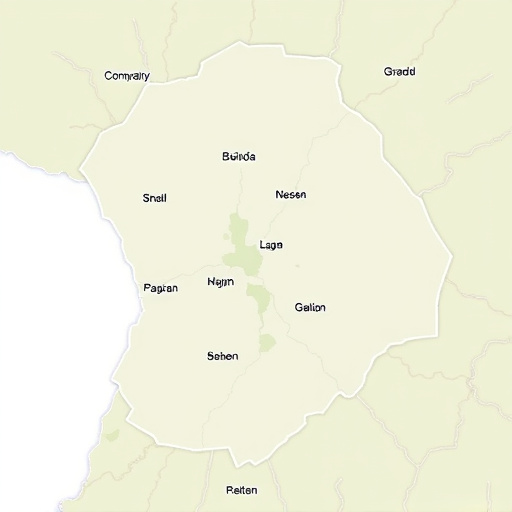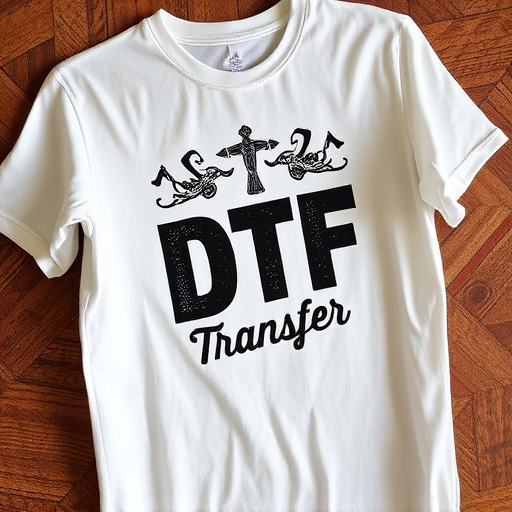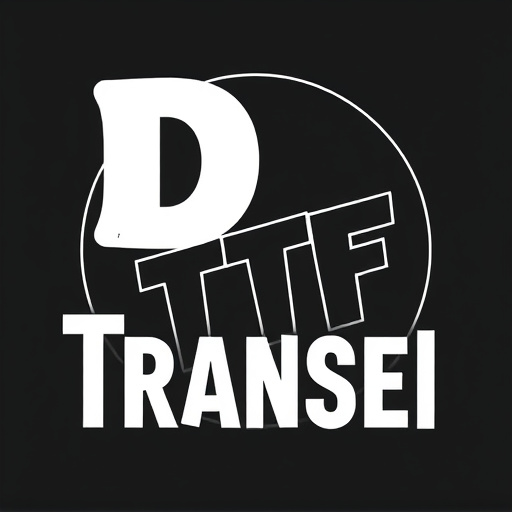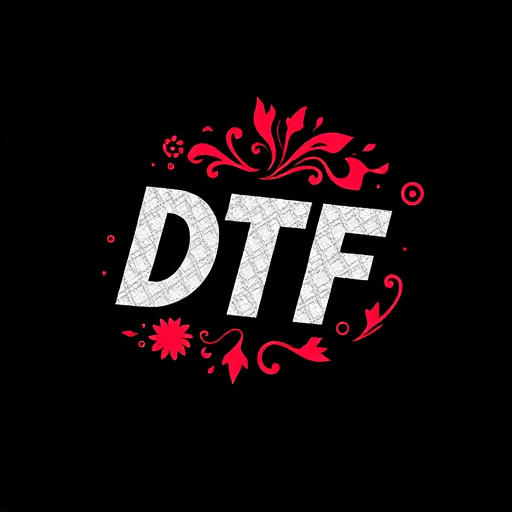Direct-to-Fabric (DTF) transfer technology has transformed textile printing, offering a vibrant and versatile alternative to traditional methods. It enables the creation of intricate designs with exceptional color vibrancy on dark fabrics, making it popular for custom apparel, home decor, and accessories. The process involves choosing compatible DTF paper, high-quality inks, advanced printers, and precise fabric preparation techniques. DTF's ability to produce long-lasting prints on various materials has sparked its adoption in the fashion industry, with promising future prospects due to advancements in ink and equipment.
Discover the world of DTF Transfers—a game-changing technology revolutionizing printing on dark fabrics. This article explores the art and science behind creating vibrant, indelible designs that pop against rich hues. From understanding DTF Transfer Technology to unlocking creative applications, we delve into the key components ensuring successful DTF Printing. Learn how these transfers enhance various industries and the future prospects of this dynamic technology, making DTF Prints a standout choice for any project.
- Understanding DTF Transfer Technology: A Foundation for Vibrant Designs
- The Appeal of Dark Fabrics: Why DTF Transfers Excel
- Key Components of a Successful DTF Printing Process
- Creative Applications: Unlocking the Potential of DTF Prints
- Ensuring Longevity and Quality in DTF Transfer Results
- Industry Trends and Future Prospects for DTF Technology
Understanding DTF Transfer Technology: A Foundation for Vibrant Designs
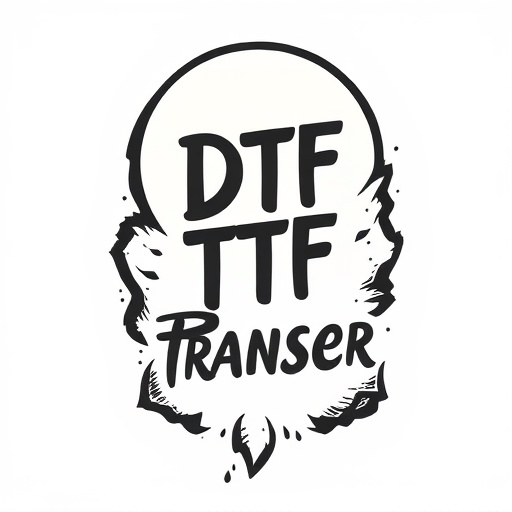
The world of printing and design has seen a revolution with the advent of DTF (Direct-to-Fabric) Transfer Technology. This innovative process is transforming how we bring vibrant, long-lasting designs to various fabrics, especially those with darker tones. By eliminating the need for traditional screening and plate-making methods, DTF offers a more efficient and versatile approach to printing.
DTF transfers are created using high-quality inks that are precisely applied to a carrier sheet, allowing for intricate and detailed prints. When transferred onto dark fabrics, these designs truly come alive. The technology ensures exceptional color vibrancy and saturation, making the final print pop against the deeper backdrop. This method is particularly popular for custom apparel, home decor items, and accessories, where creating unique, eye-catching pieces is a priority.
The Appeal of Dark Fabrics: Why DTF Transfers Excel

Dark fabrics have long been a favorite among designers and manufacturers due to their sleek, sophisticated appearance and ability to enhance the vibrancy of colors. In today’s market, where unique and visually appealing designs are in high demand, DTF (Direct-to-Fabric) Transfers have emerged as a game-changer. This printing technique is specifically tailored for dark fabrics, ensuring that every detail and color pops against the deep backdrop.
DTF Printing offers an unparalleled level of precision and vibrancy compared to traditional methods. The transfers are designed with high-quality inks that bond directly to the fabric, creating durable and long-lasting prints. Whether it’s a vibrant graphic or a delicate pattern, DTF Transfers excel in reproducing intricate designs while preserving the richness of dark hues. This makes them an excellent choice for apparel, home decor, and various other textile applications where captivating visuals on dark backgrounds are desired.
Key Components of a Successful DTF Printing Process
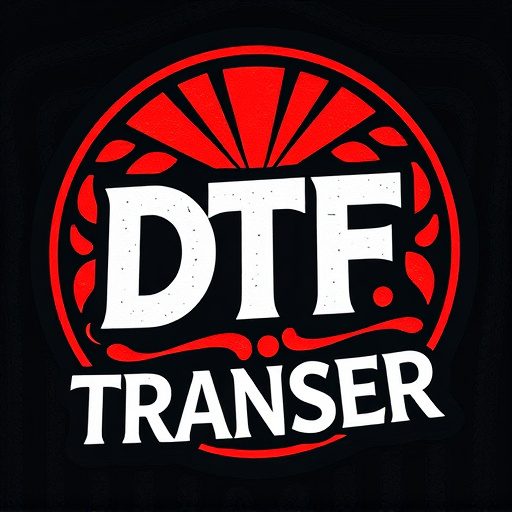
The success of a Direct to Fabric (DTF) printing process hinges on several key components. Firstly, choosing the right DTF transfer paper is essential; it should be compatible with your printer and fabric type, ensuring vibrant and accurate prints. High-quality inks are another critical element, as they contribute significantly to the final color and durability of the DTF transfers. The printing technique itself plays a vital role; advanced technologies like piezoelectric or thermal printers offer precise droplet placement, enhancing image clarity and detail.
Additionally, proper preparation of the fabric is indispensable. Pre-treating the dark-colored material with suitable primer ensures better ink adhesion, leading to more vibrant DTF prints. The pressing process must be carefully controlled to fuse the ink permanently onto the fabric without causing damage. Lastly, post-printing treatments like heat setting further improve the quality and longevity of the transfers, making them stand out on even the darkest of fabrics.
Creative Applications: Unlocking the Potential of DTF Prints
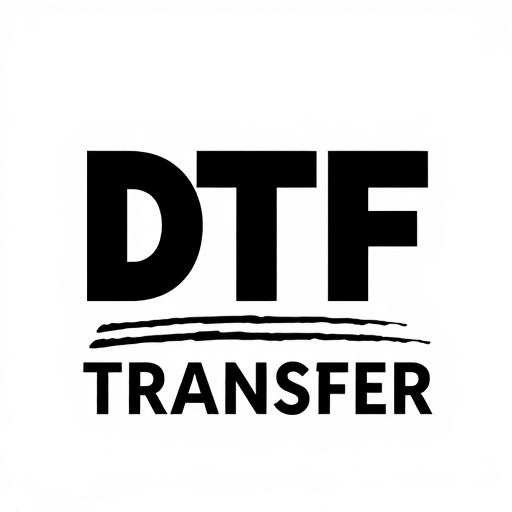
The world of textile printing has seen a revolutionary shift with the advent of Direct to Fabric (DTF) transfers, particularly when applied to dark-colored fabrics. This cutting-edge technique opens up a realm of creative possibilities for designers and artists looking to create visually stunning garments and accessories. By utilizing specialized inks that bond directly to fabric, DTF printing allows for vibrant, lasting colors and intricate designs that were once challenging to achieve on darker materials.
Creative applications of DTF prints range from bold, eye-catching graphics to subtle, whisper-like patterns. Designers can experiment with various effects, including heat-sensitive reveals, where certain areas of the print lighten or darken when exposed to heat, adding a dynamic element to their creations. Moreover, the versatility of DTF transfers extends beyond clothing; they can be applied to bags, shoes, and home décor items, transforming everyday objects into unique, personalized pieces that stand out from the crowd.
Ensuring Longevity and Quality in DTF Transfer Results
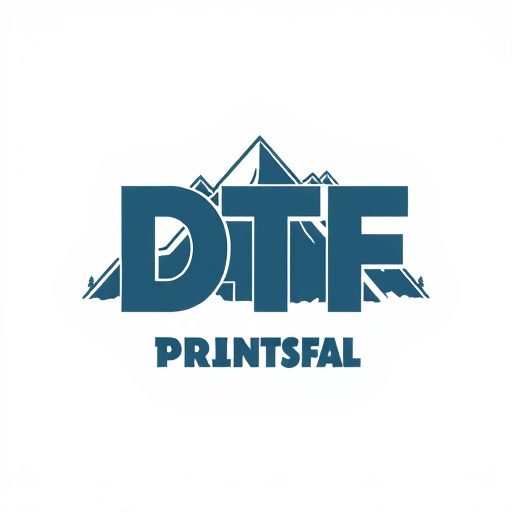
To ensure longevity and quality in DTF (Direct to Fabric) transfer results, it’s crucial to start with high-quality inks and fabrics. Premium DTF inks are designed to withstand wash cycles and retain their vibrancy even on dark fabrics. The choice of fabric is equally important; natural fibers like cotton or polyester, known for their breathability and durability, yield the best outcomes. Pre-treatment of fabrics can also enhance adhesion, ensuring the DTF prints don’t fade or peel off over time.
Additionally, proper printing techniques play a significant role in maintaining the integrity of DTF transfers. Using high-resolution printers and precise settings ensures detailed and accurate prints. Post-printing processes such as heat pressing at the right temperature and duration can further enhance the bond between the design and fabric, contributing to the overall quality and longevity of the DTF prints.
Industry Trends and Future Prospects for DTF Technology

The DTF (Direct to Fabric) transfer technology has been transforming the textile industry, especially in terms of creating vibrant and durable prints on dark-colored fabrics. As the demand for unique and eye-catching garments continues to grow, so does the interest in this innovative printing method. Industry trends indicate a surge in the adoption of DTF for its ability to produce high-quality, fast-drying, and long-lasting prints on a variety of materials, from cotton to polyester.
Looking ahead, the future prospects for DTF technology are promising, driven by advancements in ink formulations and printing equipment. These improvements enable more intricate designs, wider color gamuts, and enhanced dimensional stability of the prints. Furthermore, the integration of digital technologies like AI and machine learning is expected to streamline the design process, automate order fulfillment, and reduce waste. As a result, DTF Printing is poised to become a game-changer in the apparel industry, offering endless possibilities for creative expression and catering to the diverse preferences of modern consumers.


